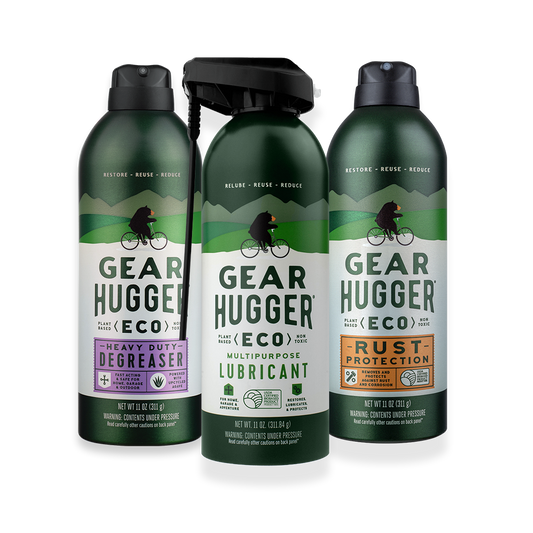The Hidden Dangers in Your Home
You’ve embraced the sustainable and healthy lifestyle. You buy organic produce. You bike to work. You try to make choices that improve your personal health and are easy on the environment. Despite all your efforts, you still encounter some health risks in unexpected places around your home.These are the places where many of you work on your equipment or do some cleaning. And this work frequently requires using products that are harmful to you, and to Mother Earth. Just look under the sink, in storage closets or way back in the garage. Do you have cleaners, cans of paint for other products with an abundance of warning labels?
How to Recognize Potentially Hazardous Chemicals in Your Home
In an otherwise healthy home, it can be alarming to read words and phrases like “harmful” along with “dangerous to aquatic life” or the lovely “may cause lung damage” on the warning labels of so many different products. We’ve captured a few of the baddies to look out for:How to Swap out Toxins in Your Home to Reduce Your Risk
Swapping out toxins in your home makes it safer for you and your family—and helps the environment around you. What better way to start than with these five easy changes we recommend for safer, more eco-friendly alternatives (that work just as great!):- Avoid chlorine bleach. Everyone loves a sparkling white t-shirt post wash but chlorine is highly damaging to your lungs and emits a ton of chemicals. Instead, add a cup of hydrogen peroxide to the wash.
- Polish furniture the all natural way. Mix together vinegar, olive oil, and lemon juice to polish furniture and avoid harmful chemicals like Galaxolide that are present in many scented furniture spray cleaners. Or try Gear Hugger, a plant-based lubricant with 1001 uses, that can also be used to remove crayon marks from wood furniture.
- Swap Ziploc plastic bags for reusables. This simple swap keeps single-use plastics out of landfills and waterways. Plastic bags can also leach chemicals into the foods you store in them. Look for BPA-free reusable alternatives. Our Earth will thank you, too!
- Ditch kitchen sponges that tout “odor reducing” or “germ killing” properties. Though these sound great in theory, many of these sponges likely contain a damaging chemical like triclosan. Instead, pick natural sponges with a better eco footprint so you can replace them regularly without feeling wasteful. Another great hack to increase sponge life is to microwave damp sponges for one minute or put them in the dishwasher with a drying cycle. The UDSA found that this kills over 99% of bacteria, yeasts, and molds. For best results, do this 2-3x per week.
- Avoid petroleum-based products like WD-40. Use an all-natural, plant-based alternative instead of oil-based products made of petroleum. Gear Hugger natural multipurpose lubricant is the perfect swap that can be used on squeaky door hinges, squealing office chairs, stuck combination locks, and dozens of other jobs around the house. Yay for products made of plants!
How to Choose a Plant-Powered Lubricant
Instead of a formulation of hard-to-pronounced harmful chemicals, try a product that is derived from sustainable plants. For example, our Gear Hugger formula is plant-based, non-toxic and biodegradable, so you don’t have to worry exposure to dangerous fumes.That’s right, no more of that metallic awful smell that comes with WD-40 and other similar lubricants. We created Gear Hugger as a WD-40 alternative to be safe around pets and kids on high-touch surfaces and safe store in your home or garage, so you can use it for hundreds of different tasks. Just see for yourself.





